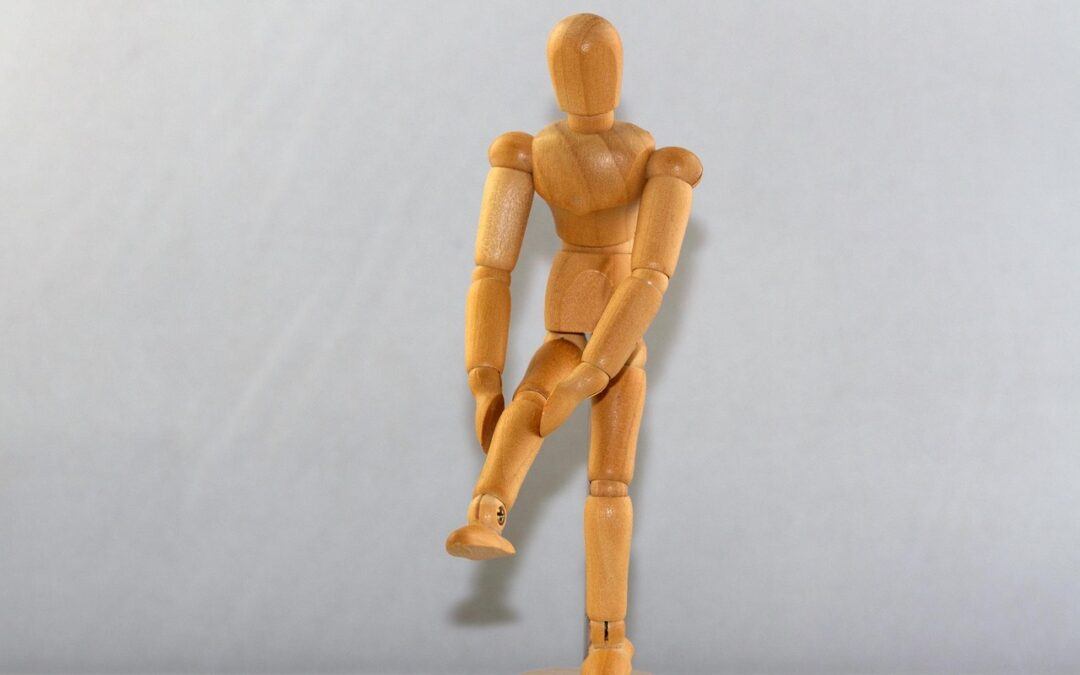A knee replacement can be life-changing—restoring mobility, reducing pain, and opening the door to activities that once felt impossible. But after surgery, the journey doesn’t end in the hospital or with physical therapy. Safe, ongoing training is essential for building strength, confidence, and long-term joint health.
Why Post-Surgery Training Matters
Even with a new joint, the surrounding muscles—quadriceps, hamstrings, glutes, and calves—play a vital role in stability and movement. Without proper conditioning, people often struggle with stiffness, balance issues, or fear of reinjury. A structured training program ensures that you not only recover but thrive.
The Golden Rules of Training After Knee Replacement
-
Get Medical Clearance
Always start with your surgeon or physical therapist’s approval before beginning any new exercise routine. Each person heals differently, and clearance ensures you’re working at the right pace for your recovery. -
Prioritize Form Over Intensity
Good movement patterns protect your joint and reduce stress on other areas like the hips and lower back. Think “quality first” when exercising. -
Strengthen Supporting Muscles
-
Quadriceps & Hamstrings: Leg presses, mini-squats, and step-ups build critical support.
-
Glutes: Hip bridges and side-lying leg lifts improve stability.
-
Core: Planks and seated marches strengthen the trunk, improving balance and posture.
-
-
Incorporate Low-Impact Cardio
Walking, cycling, and swimming build endurance without excessive joint stress. Start slow—5 to 10 minutes—and gradually increase. -
Work on Balance and Flexibility
Simple exercises like standing on one leg, heel-to-toe walking, and gentle stretching reduce stiffness and help prevent falls. -
Progress Gradually
Resist the temptation to “test” your new knee with high-impact moves or heavy loads too soon. Increase resistance, time, or complexity in small increments. -
Listen to Your Body
Some discomfort is normal, but sharp pain, swelling, or instability is a red flag. Stop, rest, and consult a professional if issues persist.
What to Avoid
-
High-impact activities like running or jumping.
-
Deep twisting motions that strain the knee.
-
Heavy lifting before you’ve built foundational strength.
The Role of a Trainer
Working with a fitness professional who understands post-surgical needs can make all the difference. Trainers can tailor programs, ensure proper form, and provide encouragement—helping you return not just to daily function, but to the activities you love.
Jim Burns CPT, MA, DHL
besimplyfit23@gmail.com

